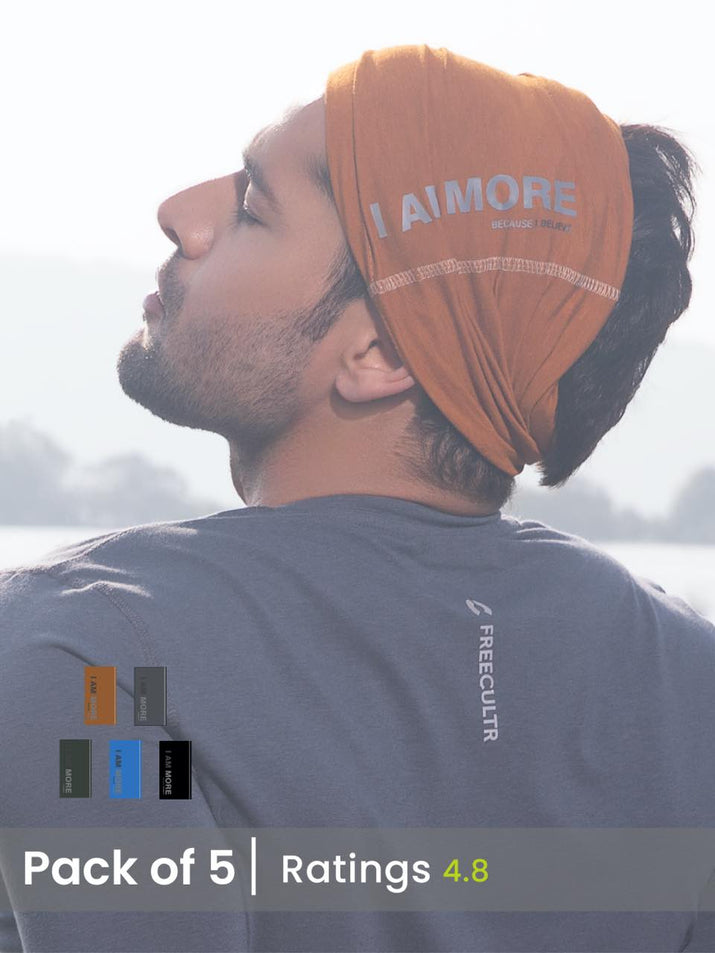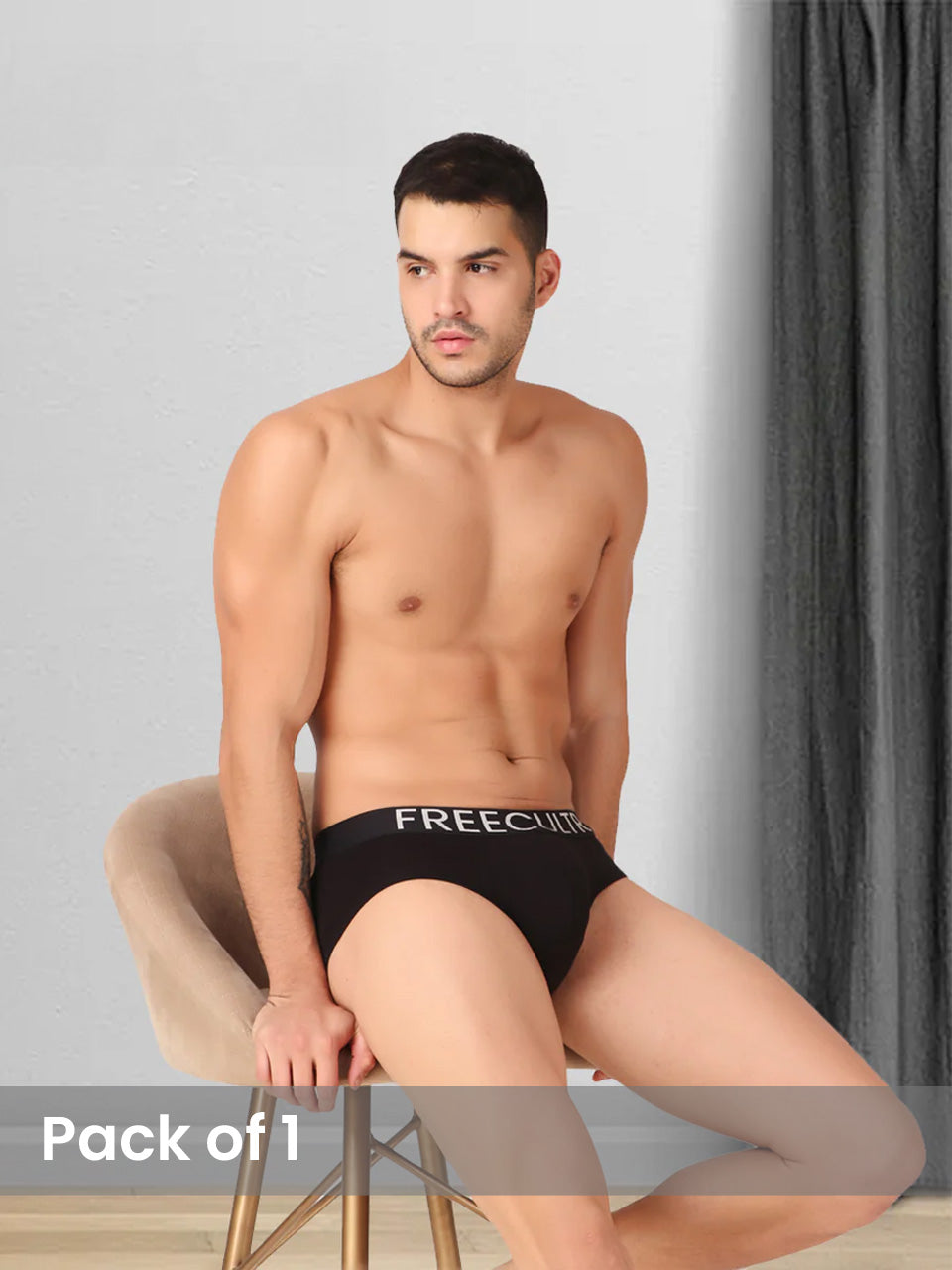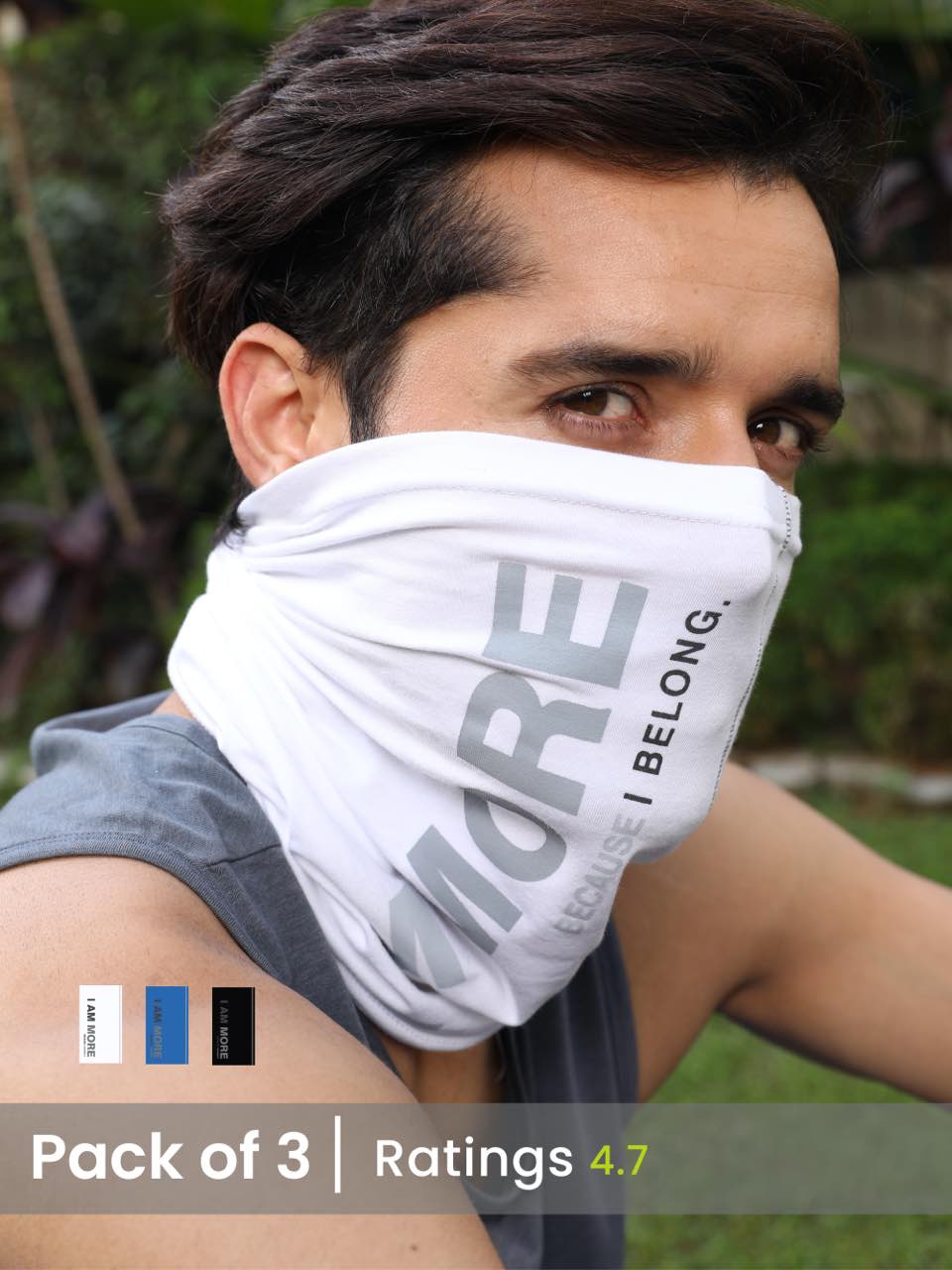The humble bandana, once a utilitarian staple, has transformed into a high-fashion accessory and essential hair protector, experiencing a significant resurgence in contemporary wardrobes. Beyond its vibrant patterns and ability to instantly elevate an outfit – from a chic neckerchief to a statement headwrap – the modern bandana offers tangible benefits for hair health. Premium silk and satin iterations, for example, minimize friction and frizz, safeguarding delicate strands from environmental damage and preserving intricate hairstyles. This versatile textile, now a staple in both streetwear and luxury collections, exemplifies adaptable style while providing crucial defense against UV rays and humidity, making it an indispensable item for the fashion-conscious individual seeking both flair and function.

The Enduring Appeal of the Bandana
The bandana, a seemingly simple square of fabric, possesses a rich history and an undeniable charm that has cemented its place as a timeless accessory. Far more than just a piece of cloth, the bandana has evolved from a practical utility item to a quintessential fashion statement, particularly for women seeking both style and functionality.
Historically, the bandana’s origins can be traced back centuries, serving various purposes from identifying groups to protecting workers from dust and sweat. Its name is believed to derive from the Hindi word ‘bandhnu’, referring to a tying and dyeing method. Over time, this humble fabric transcended its utilitarian roots, becoming a symbol of rebellion, a canvas for artistic expression. Eventually, a beloved fashion staple.
For women, the appeal of the bandana lies in its unparalleled versatility. It offers an effortless way to inject personality into an outfit, whether you're aiming for a vintage vibe, a bohemian flair, or a touch of urban chic. Its enduring popularity stems from its accessibility, affordability. The sheer number of ways it can be incorporated into personal style. Every woman can find a way to make a bandana her own, adapting it to suit various occasions and moods.
The Bandana as a Chic Fashion Statement
Beyond its historical significance, the bandana has firmly established itself as a go-to accessory for elevating any look. Its ability to transform an outfit from mundane to captivating with minimal effort is truly remarkable. The beauty of the bandana lies in its adaptability, offering countless styling possibilities that cater to diverse fashion sensibilities.
- Headband Chic One of the most classic ways to wear a bandana is as a headband. Folded into a narrow strip, it can be tied at the nape of the neck, creating a clean, polished look that keeps hair out of the face. For a more retro feel, tying it at the top or side can evoke a playful, vintage aesthetic.
- Neck Scarf Elegance A small bandana tied loosely around the neck adds a touch of Parisian sophistication. It can be worn as a simple knot, a bow, or even tucked into a shirt collar for a subtle pop of color and texture. This style instantly elevates casual wear and complements more formal attire.
- Wrist or Ankle Accent For a more subtle nod to the trend, a bandana can be tied around the wrist like a bracelet or around the ankle, particularly with cropped trousers or skirts. This adds an unexpected detail that showcases attention to personal style.
- Bag Embellishment Don't limit the bandana to your person. Tying it around the handle of a handbag is a popular way to personalize an accessory, adding a splash of color or pattern that complements your outfit. It’s a simple yet effective way to refresh an old bag.
- Hair Tie Alternative Instead of a basic hair elastic, a bandana can be used to secure a ponytail or bun. This not only adds visual interest but also provides a softer hold on the hair, reducing breakage compared to traditional ties.
Celebrities and fashion influencers frequently showcase the versatility of the bandana, inspiring new ways to wear this iconic accessory. From casual street style to red carpet events, the bandana proves that sometimes, the simplest additions make the biggest impact.
Practical Protection: How the Bandana Safeguards Your Hair
While its aesthetic appeal is undeniable, the bandana also serves a crucial practical purpose: protecting your hair from various environmental stressors and daily wear and tear. This dual functionality makes it an invaluable accessory for any woman.
- Sun Protection Just like skin, hair and scalp are susceptible to sun damage. Prolonged exposure to UV rays can lead to dry, brittle hair, faded color. Even scalp sunburn. A bandana, especially one made from a tightly woven fabric, acts as a barrier, shielding your hair and scalp from harmful UV radiation, making it an excellent companion for outdoor activities.
- Frizz Control and Humidity Shield Humidity is often the nemesis of well-styled hair, leading to frizz and loss of shape. Tying a bandana over your hair can help to compress flyaways and create a protective layer against moisture in the air, helping to maintain your hairstyle for longer, particularly beneficial for those with naturally curly or wavy hair.
- Dust and Dirt Barrier Whether you're traveling, gardening, or simply navigating a dusty urban environment, a bandana provides an effective shield against airborne particles. It keeps dust, dirt. Pollutants from settling on your hair, keeping it cleaner for longer and reducing the need for frequent washes.
- Bad Hair Day Savior We all have those days when our hair just won't cooperate. A bandana is the ultimate quick fix for concealing unwashed hair, unruly flyaways, or simply adding a stylish distraction. It allows you to look put-together even on your most challenging hair days, offering an instant transformation.
- Workout Companion During workouts, a bandana can absorb sweat, keeping it from dripping into your eyes. It also helps to keep hair neatly contained, preventing it from getting tangled or distracting you during physical activity.
The protective qualities of a bandana extend its utility beyond mere fashion, making it a smart choice for maintaining hair health and managing daily hair challenges.
Choosing Your Perfect Bandana: Materials, Sizes. Patterns
Selecting the right bandana involves considering various factors, including material, size. Pattern, each contributing to its comfort, durability. Aesthetic appeal. Understanding these aspects can help you choose the best bandana for your needs and styling preferences.
| Material | Characteristics | Best For |
|---|---|---|
| Cotton | Breathable, absorbent, soft, durable, easy to wash. Most common. | Everyday wear, casual styling, sweat absorption, practical uses. |
| Silk | Luxurious, smooth, gentle on hair (reduces friction/frizz), vibrant color retention. | Elegant styling, hair protection (especially overnight or for delicate hair), minimizing hair damage. |
| Satin | Smooth, shiny appearance (often resembles silk), less expensive than silk, good for hair protection. | Similar benefits to silk for hair protection, budget-friendly elegant accessory. |
| Polyester | Durable, wrinkle-resistant, quick-drying, often more affordable, good for vibrant prints. | Outdoor activities, active wear, specific patterns, affordability. |
Mastering the Art of Bandana Styling: A How-To Guide
Transforming a simple square of fabric into a stylish hair accessory is easier than you might think. Here are some actionable steps to master popular bandana styles, ensuring you get the most out of this versatile item.
- The Classic Headband Fold
- Lay your bandana flat on a clean surface, unfolded.
- Fold one corner towards the opposite corner to form a triangle.
- Starting from the longest edge of the triangle, begin folding or rolling the fabric upwards, creating a strip about 1-2 inches wide, depending on your desired headband thickness.
- Place the center of the folded bandana on your forehead (for a retro look) or at the nape of your neck (for a traditional headband).
- Bring the ends around and tie them in a knot. For forehead placement, tie at the back. For nape placement, tie at the top or side.
- The Ponytail or Bun Wrap
- Gather your hair into a ponytail or bun and secure it with a regular hair elastic.
- Fold your bandana into a thin strip (as described in the headband fold. Potentially narrower).
- Wrap the strip around the base of your ponytail or bun, covering the elastic.
- Tie the ends in a knot or a bow, letting the remaining fabric ends hang freely for a whimsical touch.
- The Full Head Wrap (for Hair Protection)
- Place the center of the unfolded bandana on your forehead, with the point of the triangle facing down towards your neck.
- Gather the two side corners and bring them around to the front of your head, just above your forehead.
- Tie these two corners in a double knot to secure the bandana.
- Tuck in any loose ends or the remaining point of the triangle for a neat finish, or leave them out for a more relaxed look. This style is excellent for sun protection or bad hair days.
- The Neck Scarf Knot
- Fold the bandana into a small triangle.
- Roll or fold the triangle from its longest edge towards the point, creating a compact strip.
- Wrap the strip around your neck, allowing the ends to hang evenly in front.
- Tie a simple knot, a double knot, or a small bow. This adds a sophisticated accent to blouses or simple tees.
Experimentation is key! Don't be afraid to try different folds, knots. Placements. The beauty of the bandana lies in its adaptability, allowing you to create unique looks that reflect your personal style.
Care and Maintenance for Your Bandana
To ensure your bandana remains a vibrant and functional accessory for years to come, proper care and maintenance are essential. The best method for cleaning and storing your bandana largely depends on its material.
- Cotton Bandanas
- Washing Most cotton bandanas are machine washable. Use cold water with a gentle detergent to prevent color fading. For patterned bandanas, it's often best to wash them with similar colors to avoid bleeding.
- Drying Tumble dry on low heat or, ideally, air dry by laying flat or hanging to prevent shrinking and maintain shape.
- Ironing Iron on a medium-to-high setting if needed, while slightly damp, to remove wrinkles.
- Silk and Satin Bandanas
- Washing These delicate fabrics are best hand-washed. Use cool water and a mild, pH-neutral detergent specifically designed for silk or delicates. Gently swirl the bandana in the soapy water, avoiding harsh scrubbing or twisting. Rinse thoroughly with cool water.
- Drying Do NOT wring. Gently press out excess water with a clean towel. Air dry by laying flat on a clean, dry surface away from direct sunlight or heat, which can damage the fibers.
- Ironing If necessary, iron on the lowest silk setting while the bandana is still slightly damp, pressing on the reverse side. Use a pressing cloth for added protection.
- Polyester Bandanas
- Washing Polyester is quite durable and usually machine washable. Use cool or warm water with a regular detergent.
- Drying Tumble dry on a low setting or air dry. Polyester is quick-drying and resistant to wrinkles.
- Ironing Use a low heat setting if ironing is required, as high heat can melt the fibers.
- Store bandanas flat or loosely folded to prevent creases, especially for silk and satin.
- Keep them in a clean, dry place away from direct sunlight to prevent fading.
- Consider using a drawer organizer or a dedicated scarf hanger to keep them neatly arranged and easily accessible.
By following these care guidelines, your bandana will remain a vibrant and cherished part of your accessory collection, ready to offer both style and protection whenever you need it.
Conclusion
The humble bandana, far from being just a simple square of fabric, truly stands out as an indispensable accessory for every woman. It effortlessly bridges the gap between sophisticated style and practical hair protection, proving its worth whether you're battling frizz on a humid day or simply elevating a casual outfit. I personally discovered its magic during a recent beach vacation; a vibrant patterned bandana not only shielded my hair from the relentless sun but instantly transformed my simple swimsuit into a chic resort ensemble, perfectly embodying the enduring 'coastal grandma' aesthetic currently trending. Embrace this versatile piece by experimenting beyond just tying it around your head. Try it as a trendy neckerchief with a crisp white shirt for an unexpected twist, or weave it into a braid for a pop of color that even complements your activewear during a workout. Don't underestimate its power to refresh your look or protect your locks. Let the women's bandana be your go-to style secret, a small addition that makes a huge, confident statement about your unique fashion sensibility.More Articles
Women's Tank Top – Breathable Comfort & Layering VersatilityInner Wear – Enhanced Support & Breathable Fabrics
Sling Bag – Hands-Free Convenience & Secure Storage
Sleeves – Enhanced Performance & Sun Protection
FAQs
What's the main point of a women's bandana?
Bandanas are super versatile! They add a chic touch to any outfit, protect your hair from sun or wind, keep stray hairs out of your face. Can even absorb sweat during activities. Plus, they just look cool.
How many ways can I actually wear one?
Tons! You can tie it as a headband, wrap it around a ponytail or bun, wear it as a neck scarf, tie it to your wrist like a bracelet, or even knot it onto your handbag for an instant style upgrade. Get creative with it!
Are these bandanas only good for long hair?
Not at all! While they're great for managing long locks, bandanas work beautifully with short hair too. You can use them to add a pop of color, keep bangs back, or just as a stylish accessory around your head or neck, regardless of hair length.
What kind of material are they typically made from?
Most women's bandanas are made from breathable and soft materials like cotton, silk, or polyester blends. Cotton is popular for its comfort and absorbency, while silk offers a luxurious feel and can be gentler on hair.
Will a bandana actually stay on my head without slipping?
It really depends on how you tie it and your hair type. For a secure hold, try knotting it tightly, using bobby pins, or choosing materials with a bit more grip. Some people find success by tying it over slightly textured hair or a small amount of hairspray.
How do I keep my bandana clean?
Most bandanas are easy to care for. For cotton or polyester, a gentle machine wash with similar colors and air drying is usually best. For silk, hand washing or a delicate cycle is recommended to maintain its quality.
Is a bandana just for summer, or can I wear it year-round?
Bandanas are definitely a year-round accessory! In summer, they're great for sun protection and managing humidity. In cooler months, they can add a layer of warmth around your neck or just serve as a stylish accent to your autumn and winter outfits.






